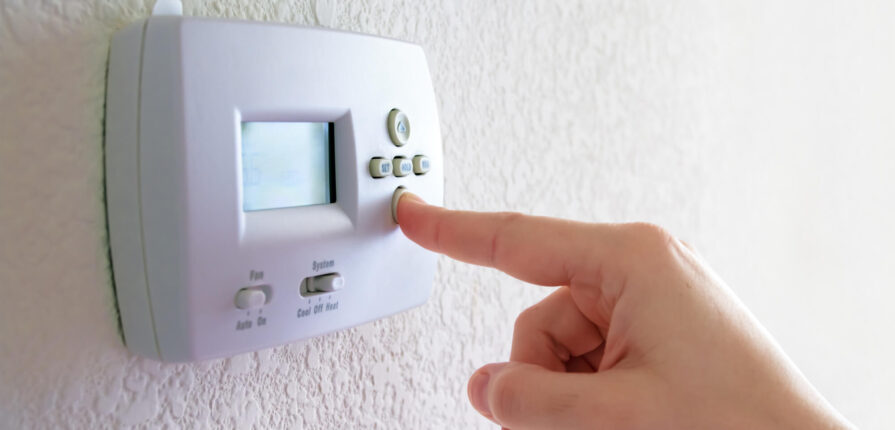Regularly testing your Ac Thermostat is crucial if you want to enjoy comfortable temperatures indoors. The good news is that there are ways in which you can test your thermostat to check if it’s functioning correctly. So let’s take a look at some of these steps that you can take to properly inspect and maintain your home thermostat.

How to Test a Home Thermostat:
Ensure that your Thermostat is in “ON” Position
This sounds obvious, but the first sure thing to do when testing your Ac thermostat is to check if it’s switched on.
Also, ensure that it is set in the proper setting. Check that your cooling or heating setting is chosen.
Examine the Program Settings
Some thermostats enable you to reverse the programs. Make sure that you do not alter the settings accidentally.
If you change the settings, you will be interrupting the thermostat’s normal operation.
Inspect the Battery
This should be the second thing to consider when your HVAC system fails. Although many thermostats installed today are programmed to indicate when the battery is low, many of us fail to pay attention to our thermostat’s screen.
To replace the batteries on your AC thermostat, all you need is a flat-tipped screwdriver and new batteries. Check the manual of your thermostat to know exactly the type of batteries your AC thermostat requires.
Pull off the thermostat mounted on the wall; this is done by sliding the thermostat upwards to remove it from the mounting plate screwed on the wall. Open the casing of the thermostat and remove the old batteries.
Slide in the new batteries, and you are good to go.
Checking for Broken Wires
The first action to take here is to ensure you have switched off the circuit breaker to the HVAC system for safety precautions. Gently remove the thermostat cover to expose the wires of the circuit.
Since you might not identify broken wires by just looking at them, you will need a multimeter to test the continuity of the wires. Tune the multimeter to test the resistance value. Connect the red wire of the multimeter to the red wire of the thermostat and the black wire of the multimeter to the black or white wire from the thermostat.
Tightening Loose Terminals
Loose screws and terminals can greatly affect how a gadget works. Even worse, it can make a circuit short and completely damage the gadget. A thermostat’s internal parts can become loose with time, and it can lead to your thermostat not working.
After you are through checking the wires, also check to ensure that all screws and terminals tightly fixed.
Switch on the Breaker
Switching the breaker back on should be the next step.
Please ensure that your thermostat is operating properly after switching the breaker on. If the thermostat appears faulty or doesn’t go back on, retest it by switching the breaker on and off.
- Wrap the Wires Together
Detach either the AC or furnace wires from their respective ports and wrap them together. After doing that, turn the breaker on once more.
If, by doing so, the AC or the heater starts running, then this is a clear sign that your thermostat is faulty.


